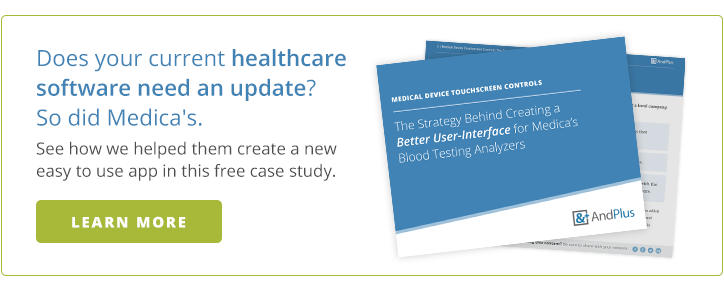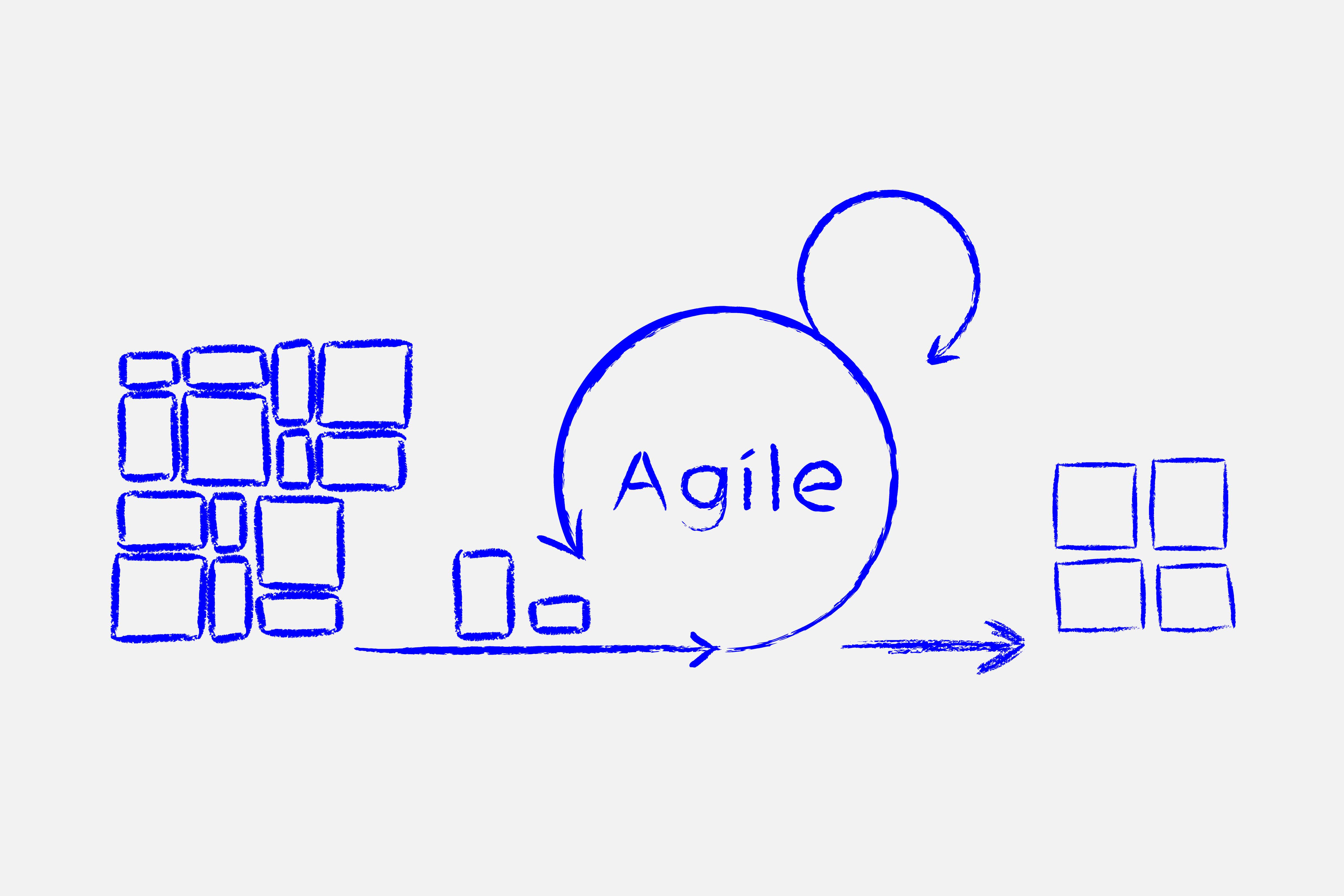Electronic health records are a required part of U.S. healthcare, but this doesn’t mean they have to stand in the way of quality patient care.
With the Health Information Technology for Economic and Clinical Health Act making EHRs a requirement, many healthcare practitioners have spent years learning how to use EHRs. While they’re becoming a familiar part of the healthcare system, they’re still far from perfect.
Hospitals don’t have to be satisfied with a one-size-fits-all EHR. Custom software can take a standard EHR and customize it to better fit the processes and unique needs of every hospital.

EHRs can be customized to streamline manual data entry, saving time for nurses and doctors. They can also be tailored to each department’s specific needs, eliminating wasted time spent scrolling through irrelevant screens.
Hospitals can also use custom software to make their EHRs mobile, freeing their healthcare providers from workstations and dramatically improving their access to patient data.
Patients also benefit from customized EHRs, as they can be tailored to their specific needs for data access, education and portability.
Investing in custom software pays dividends for both healthcare providers and patients, with greater user adoption and efficiency the key benefits. Learn more about how custom software is transforming EHRs for hospitals.
Is Custom Software The Answer For Your Hospital’s EHR?
When considering a custom software project, hospitals need to evaluate their current EHR and how doctors and nurses are using it. Custom solutions can address any area, whether it’s as targeted as aligning workflows to fit a particular department’s needs to a comprehensive project to add mobile access or integrate it with other hospital systems.
The benefits of custom software projects not only directly impact patient care with greater data access and efficiency, they also can improve the job satisfaction of the hospital’s doctors and nurses. User adoption also improves when users are given solutions that better fit the way they work and are trained to get the most out of the EHRs.
1. Increase Staff Efficiency
Doctors and nurses face countless demands on their time. Each minute they spend on administrative tasks either takes away from patient care or forces them to extend their already long workday even more. Custom software can target inefficient systems and processes, offering a more productive solution to the necessary data entry tasks.
Investing in custom software addresses the most common inefficiencies, including inefficient workflows, duplicate processes and manual data entry.
2. Customize Workflows To Your Hospitals
Each hospital, even each department, has their own workflows. Trying to adopt the standard EHR can be jarring and inefficient. Instead of disrupting an entire hospital staff, creating customized solutions for EHRs can align workflows with the processes a staff is already following.
By aligning workflows, EHR user adoption is improved, patient data is easier to enter and productivity improves. Even something as simple as tailoring the number of screens needed to update patient records or reduce the number of clicks used to order a test can significantly improve both efficiency and user adoption.
3. Avoid Duplicate Processes
Many hospitals struggle with multiple systems that require healthcare providers to enter patient data in multiple times. This adds nothing but frustration for the staff, while slowing down patient care.
By streamlining systems and processes with custom software, hospitals can return valuable time back to doctors and nurses. Integrating systems also reduces the risk of data entry errors and cuts the time needed for data to process between systems.
4. Increase Patient Engagement And Satisfaction
Healthcare apps have been shown to improve doctor-patient interaction and engagement. Most people handle nearly everything on their smartphones and they expect their healthcare to be as easy and accessible as any other service.
Being able to message a doctor, check on test results or request a refill through an app improves patient care and satisfaction. Creating an easy, consistent way to communicate health information to a doctor also improves a patient’s compliance with treatment and overall health.
Having a complete health record that is easily accessible can also be invaluable in emergencies. With just a few clicks, doctors can access a patient’s records, learn about prior illnesses or injuries, drug allergies and other critical patient information. This comprehensive view of the patient is also helpful when changing doctors, seeing specialists or monitoring chronic conditions.
5. Add Mobile Access
Mobile access is quickly becoming a necessity for healthcare providers. According to the 2014 HIMSS Analytics Mobile Devices Study, almost 70 percent of doctors are using a desktop and a smartphone or tablet to look at patient information. The study also found that more than 50 percent of hospitals are using smartphones and/or tablets.
By using custom software to create mobile access for EHRs, doctors and nurses can access everything they need in the palm of their hand.
No longer stuck at a workstation, they can more quickly address patient needs without having to even be in the hospital. Not only does this significantly improve patient care, it also increases job satisfaction for a hospital’s doctors and nurses.
Get More Value From Your Electronic Health Records
Custom software removes barriers to efficient, quality patient care. By streamlining processes, creating greater productivity with mobile access and connecting patients and doctors, EHRs are the key to innovative patient care.
Using custom software to get added value from EHRs not saves money and time, it helps keep healthcare providers more efficient and engaged.
Has your hospital added any custom software to your EHR? What types of areas could be improved with a custom solution? How could you improve the healthcare experience for your patients with a better EHR? Tell us more in the comments below.
















